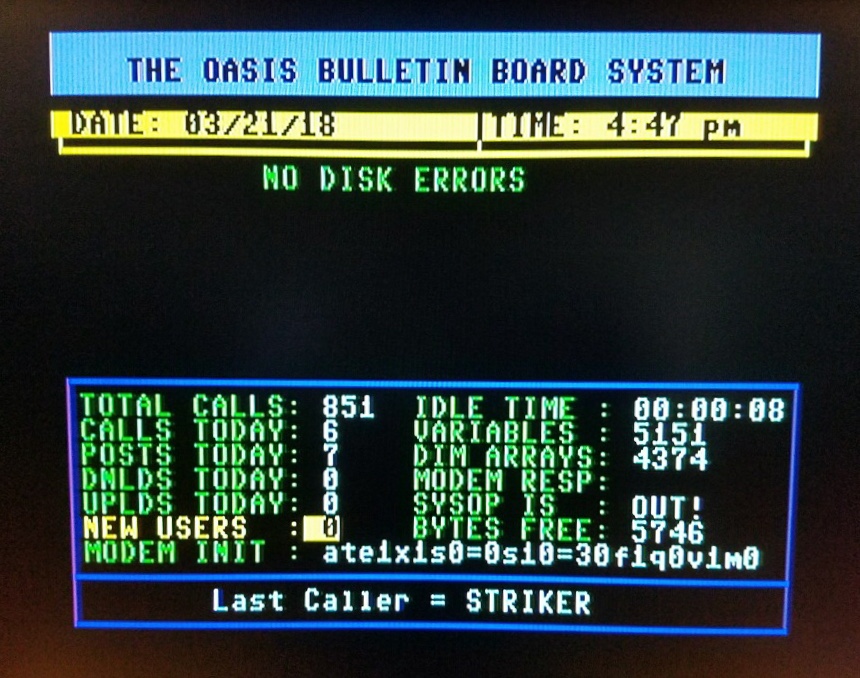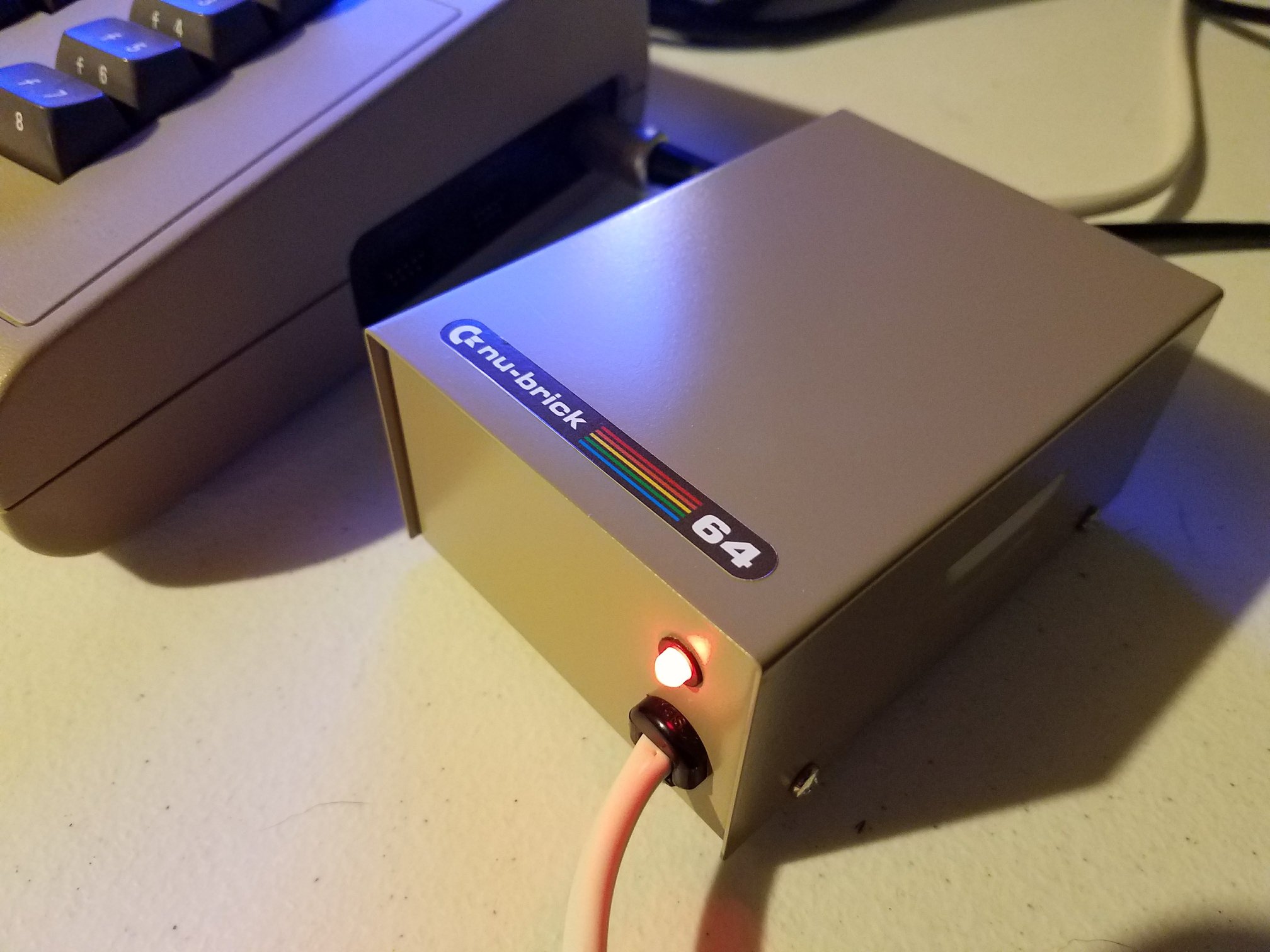Amiga Retro presents a straightforward Amiga SSD upgrade for users tired of searching for Compact Flash cards. In the video, the host demonstrates how to swap a traditional Compact Flash drive for a modern mSATA SSD in an Amiga 1200. The process uses a low-cost IDE-to-mSATA adapter. As shown throughout, the Amiga SSD upgrade is simple and cost-effective. The price nearly matches that of older Compact Flash options, so there is no reason to stick with outdated hardware.
Comparing Storage Options
First, the video covers shopping for Compact Flash cards and mSATA SSDs. Prices for 64GB Compact Flash cards keep rising, while smaller capacities have become rare and expensive. The presenter recommends brands like SanDisk and Lexar, which offer solid compatibility with Amiga hardware. However, mSATA SSDs are easier to find. They are also new and available in many sizes, making them a smart choice for upgrades. With an mSATA drive and adapter, users pay about the same as they would for a Compact Flash card.
Installing the mSATA SSD
Next, viewers follow a clear, step-by-step mSATA SSD installation in the Amiga 1200. The host stresses the importance of using the correct form factor—50mm mSATA, not NVMe. Cable orientation also matters. The case protects the drive and its electronics, so it fits safely inside the machine. Each step is explained with practical tips, especially about IDE jumpers and avoiding common mistakes.
SDBox: Streamlining OS Installs
After the hardware is installed, the focus shifts to the SDBox. This parallel port SD card interface simplifies operating system installs and large file transfers. The SDBox connects easily to the Amiga’s parallel port and needs simple drivers. It lets users load AmigaOS 3.2 from an SD card, which is far less trouble than using old floppy disks or CD drives. With a custom boot floppy, the presenter quickly loads the SDBox drivers and accesses OS files on the SD card.
Partitioning, Formatting, and Real Results
Once the SDBox is ready, the video explains how to partition and format the mSATA drive for AmigaOS. Viewers learn how to manage partitions, adjust settings, and get the most out of their new storage. The host offers advice on using AmigaOS 3.1.4 or higher for larger drives. Finally, the Amiga SSD upgrade wraps up with a speed test. The results show 3.3MB/s, which is a noticeable boost over many Compact Flash cards.
Why Watch This Video
This guide makes an Amiga SSD upgrade feel approachable for any retro computing fan. With plenty of tips and troubleshooting, viewers see the benefits of modern storage on classic hardware. Anyone with an Amiga 600 or 1200 can follow the process, discover the SDBox, and enjoy improved performance.







